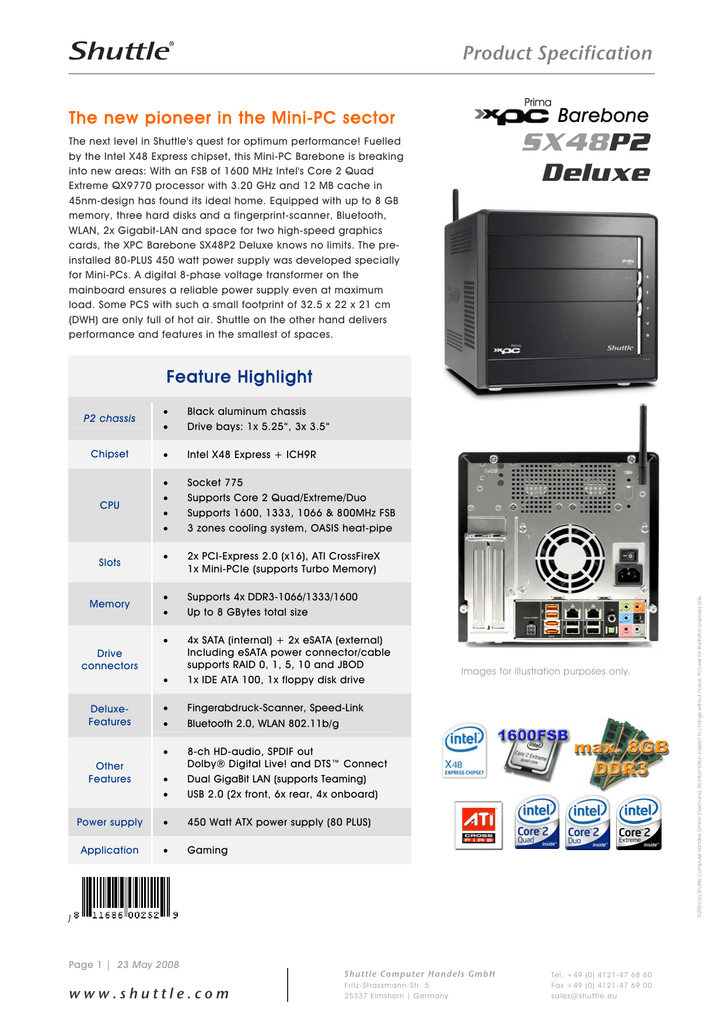


- #PCIE WATTS 2.0 VS 3.0 DRIVER#
- #PCIE WATTS 2.0 VS 3.0 MANUAL#
- #PCIE WATTS 2.0 VS 3.0 FULL#
- #PCIE WATTS 2.0 VS 3.0 PRO#
Assassin’s Creed: Origins Īs such no difference was observed in this game at both PCIe generations. The rated throughput for the PCIe 3.0 x16 is 15.75 GB/s whereas it is 31.51 GB/s for the PCIe 4.0 x16. One thing to remember here is that these tests are showing the results of the generation differences only from the x16 PCIe slot. This result is confirming the result obtained when we set the AORUS motherboard to run on PCIe Gen 3.0. For cross confirmation, I have also run this test on Intel i7 8700k using ASUS Strix Z390-E Gaming motherboard using the same graphics card. Since we only have PCIe Gen 3.0 standard on the Intel-based configurations. Again, for confirmation, I have shown the TechPowerUp GPU-Z snapshot showing the bus interface of x16 4.0.

The test results in 25.84 GB/s bandwidth when ran on PCIe Gen 4. The bus interface can be seen set at x16 3.0. For confirmation, I have also shown the TechPowerUp GPU-Z snapshot. The test results in 13.99 GB/s bandwidth when ran on PCIe Gen 3.
#PCIE WATTS 2.0 VS 3.0 MANUAL#
If you are using other manufacturer’s motherboard, refer to the user manual to identify the proper setting for switching between the PCIe generations.įirst, let’s take a look at the 3D Mark’s PCI Express Feature Test. Please, note that the above settings are from the GIGABYTE/AORUS UEFI/BIOS. I have set it to Gen 3 and after completing the testing on it, I changed it to Gen 4. You can set the slot configuration for any generation from there. Clicking the Auto, you will get a dropdown menu. Here Auto means that the slot will be set to 3.0 or 4.0 mode based on the native graphics device interface. In the submenu, there will be a setting named PCIe Slot Configuration. You will find the Miscellaneous option there. Once inside the UEFI, go to the Settings menu. To switch between the Gen 3 and Gen 4, go to the UEFI/BIOS by pressing Del key of F2 at the startup. MSI Afterburner 4.62 was used to monitor and record the FPS for the games without in-built benchmarks.
#PCIE WATTS 2.0 VS 3.0 DRIVER#
Display Driver Uninstaller (DDU) was used to remove the complete traces of any previous installation before installing the drivers. AMD Ryzen 7 3700X was used on stock settings with PBO/XFR enabled.ĪMD driver Adrenalin 2020 Edition 20.2.2 was used for all tests. My 3600MHz with CL16 kits are stuck in Canada otherwise I would have used the same. I have set the FCLK to 1600 manually in the UEFI settings.
#PCIE WATTS 2.0 VS 3.0 PRO#
#PCIE WATTS 2.0 VS 3.0 FULL#
In my opinion, there won’t be a difference as such as we have not even saturated the full PCIe 3.0 bandwidth. This is a part I of the content where I will be testing if the PCIe 4.0 has any impact on the gaming performance and in part II I will test the high-speed storage using the PCIe Gen 4.0 interface.ĭoes PCIe Gen 4 bring any significant improvement in gaming performance over the Gen 3? This is the exact question that I will be addressing in this content. We have to look at the PCIe Gen 4.0 functionality in two departments which are the gaming performance and the high-speed storage connectivity. We have a total of 16 PCIe 4.0 lanes in the chipset which includes the 4x lanes for interconnect. The above picture further scales down the X570 chipset showing the breakup of the PCIe 4.0 lanes from the chipset. The above picture now includes the X570 chipset in the overall scenario. The last 4 are for interconnect between the CPU and the X570 chipset. 4x lanes are dedicated to high-speed storage. As can be seen in the above picture of a Ryzen third-generation CPU, 16x PCIe 4.0 lanes are dedicated to the graphics card (the first PCIe 4.0 x16 slot). 24 of these lanes are in the CPU whereas up to 12 lanes are from the chipset. The AMD’s new X570 and third-generation CPUs have up to 40 PCIe lanes. Related: 6 Best CPU Coolers For Core i9 12900K The packets move across the lane at the rate of 1-bit per cycle. One pair is to receive the packet and the other is to send the packet. The number followed by X is showing the number of lanes available for that slot. The PCIe slots are listed as X1, X4, X8, X16. Let me digress here to answer a simple question easily for a few who asked. Similarly, a PCIe 4.0 device will work on motherboards with PCIe 3.0 support. As expected the PCI 4.0 is the backward compatible meaning if you would want to use PCIe 3.0 device on the motherboards with PCIe 4.0 support, it will work. Everything here is doubled as compared to the PCIe 3.0 standard. Pcie Gen 3 vs Pcie Gen 4 PCI Express VersionĪs can be seen from the above table, the PCIe 4.0 standard or specification is supporting a transfer rate of 16 GT/s which results in 64 GB/s total bandwidth and approximately 2 GB/s per lane (single).


 0 kommentar(er)
0 kommentar(er)
